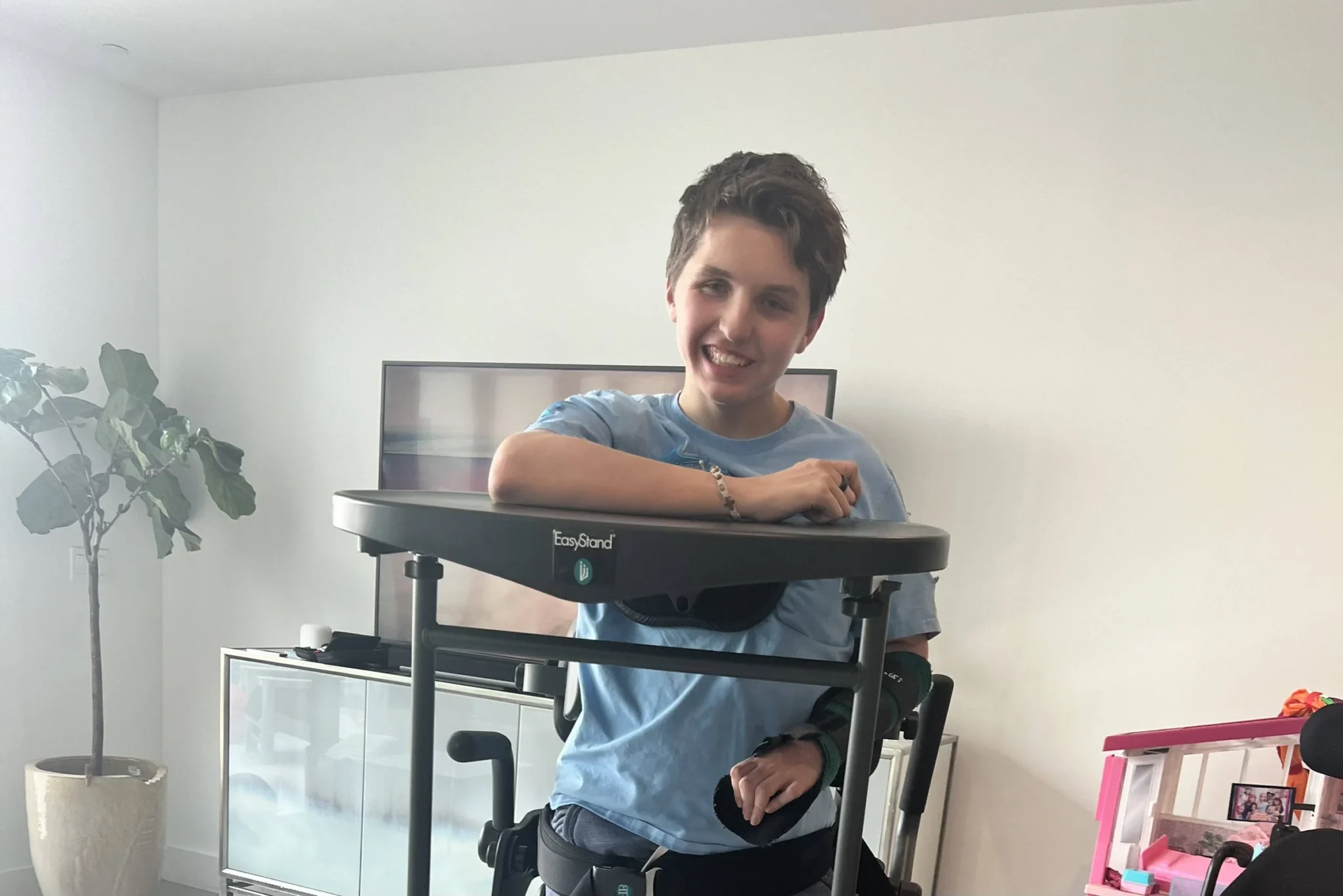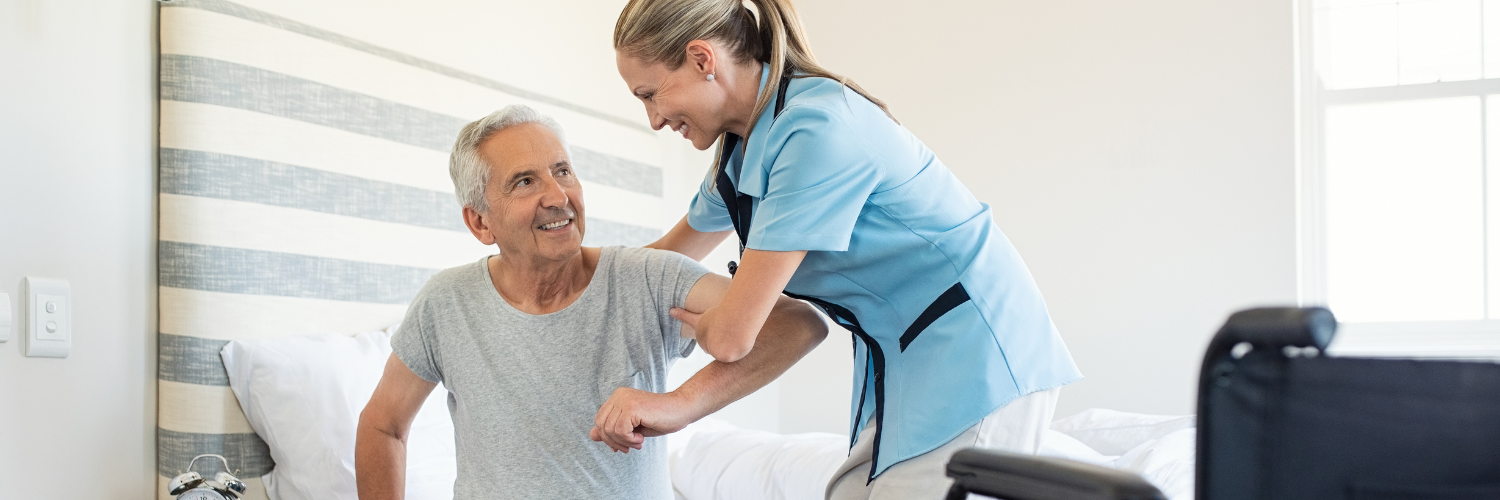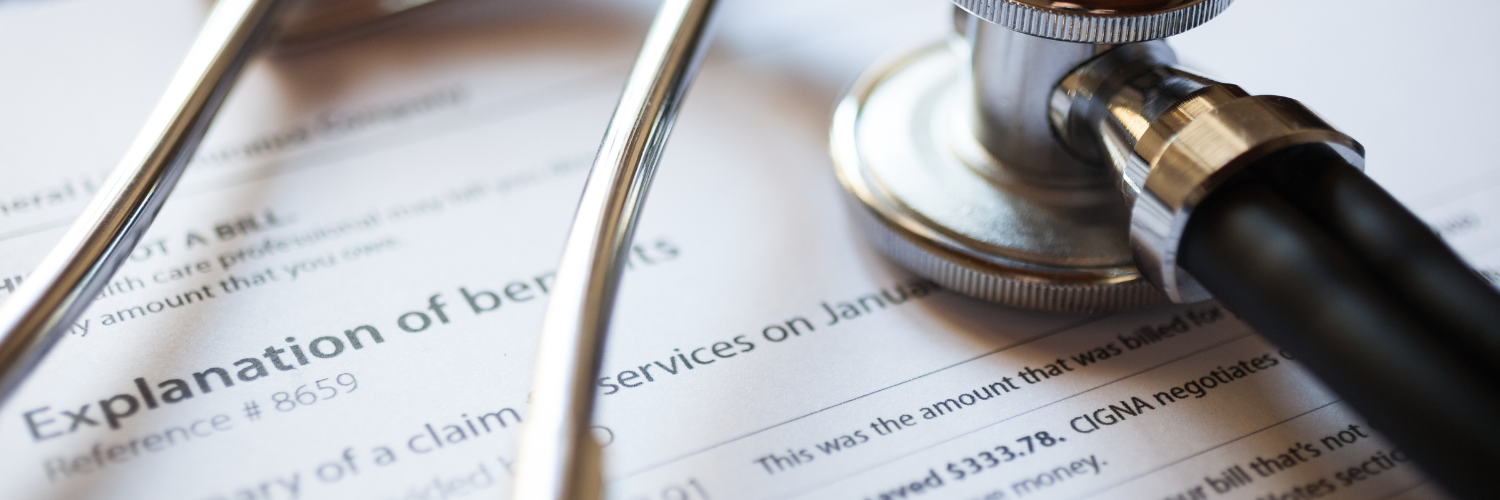High blood pressure, or hypertension, is a leading cause of strokes worldwide. Despite its significance, many people are unaware of their blood pressure levels or how they can manage this critical risk factor for stroke. In this blog article, we will explore the relationship between stroke and blood pressure, why monitoring it matters, and how you can take your own blood pressure at home to stay proactive about your health.
Why Blood Pressure Matters
Blood pressure is the force exerted by your blood against the walls of your arteries. It’s measured in two numbers:
- Systolic pressure: The pressure when your heart beats and pumps blood.
- Diastolic pressure: The pressure when your heart rests between beats.
A normal blood pressure reading is typically around 120/80 mmHg. When blood pressure rises above normal levels—especially when it exceeds 140/90 mmHg—the risk of stroke increases dramatically.
How High Blood Pressure Causes Stroke
High blood pressure can damage your blood vessels over time, making them weaker or more prone to narrowing. This damage can lead to two types of stroke:
- Ischemic Stroke: High blood pressure contributes to the buildup of plaque in arteries, reducing blood flow to the brain. This blockage is the most common cause of stroke.
- Hemorrhagic Stroke: Chronic high blood pressure can weaken blood vessel walls, increasing the likelihood of a vessel rupturing and causing bleeding in the brain.
Both types of stroke can result in life-altering consequences, including physical disabilities, cognitive impairments, and even death.
Know Your Numbers: Why Monitoring Blood Pressure Is Key
The first step in stroke prevention is awareness. Regularly monitoring your blood pressure can help you:
- Identify hypertension early.
- Track the effectiveness of lifestyle changes or medications.
- Take immediate action when blood pressure readings reach concerning levels.
Fortunately, checking your blood pressure at home is simple, affordable, and can be life-saving.
How to Take Your Own Blood Pressure at Home
What You Need:
- A digital blood pressure monitor (available at most pharmacies or online).
- A quiet space where you can sit comfortably without distractions.
Step-by-Step Instructions:
- Prepare for the Reading:
- Rest for at least 5 minutes before taking your blood pressure.
- Avoid caffeine, smoking, or exercise for at least 30 minutes beforehand.
- Sit in a comfortable chair with your back supported, feet flat on the floor, and arm resting on a table at heart level.
- Position the Cuff:
- Wrap the cuff snugly around your upper arm, about an inch above your elbow. Ensure that the tubing runs down the center of your arm.
- Take the Measurement:
- Turn on the monitor and follow the device’s instructions.
- Remain still and silent as the cuff inflates and deflates. The monitor will display your systolic and diastolic readings once complete.
- Record Your Results:
- Write down your readings in a journal or use a smartphone app to track trends over time.
- If you consistently get readings above 130/80 mmHg, consult your healthcare provider.
- Repeat if Needed:
- To ensure accuracy, take two to three readings, spaced one minute apart, and average the results.
Tips for Maintaining Healthy Blood Pressure
In addition to regular monitoring, adopting a heart-healthy lifestyle can significantly reduce your risk of hypertension and stroke:
- Eat a balanced diet: Focus on fruits, vegetables, whole grains, lean proteins, and low-sodium options.
- Exercise regularly: Aim for at least 150 minutes of moderate exercise per week.
- Limit alcohol and avoid smoking: Both can raise blood pressure and damage blood vessels.
- Manage stress: Practice mindfulness, meditation, or other stress-reducing techniques.
High blood pressure is one of the most modifiable risk factors for stroke. By understanding its impact and taking proactive steps to monitor and manage your blood pressure, you can significantly lower your risk of experiencing a stroke. Remember, knowledge is power, and small, consistent efforts can make a big difference in protecting your brain and overall health.
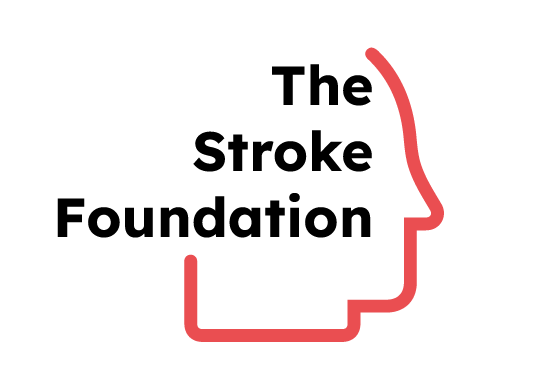
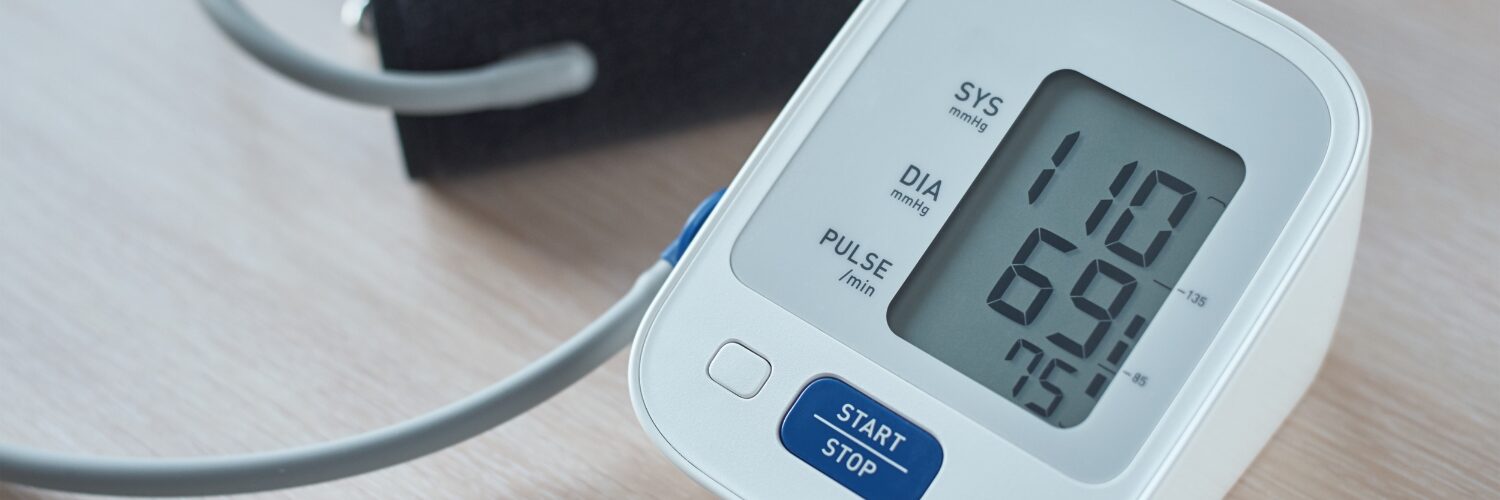
%20(2)%20(1).png)
